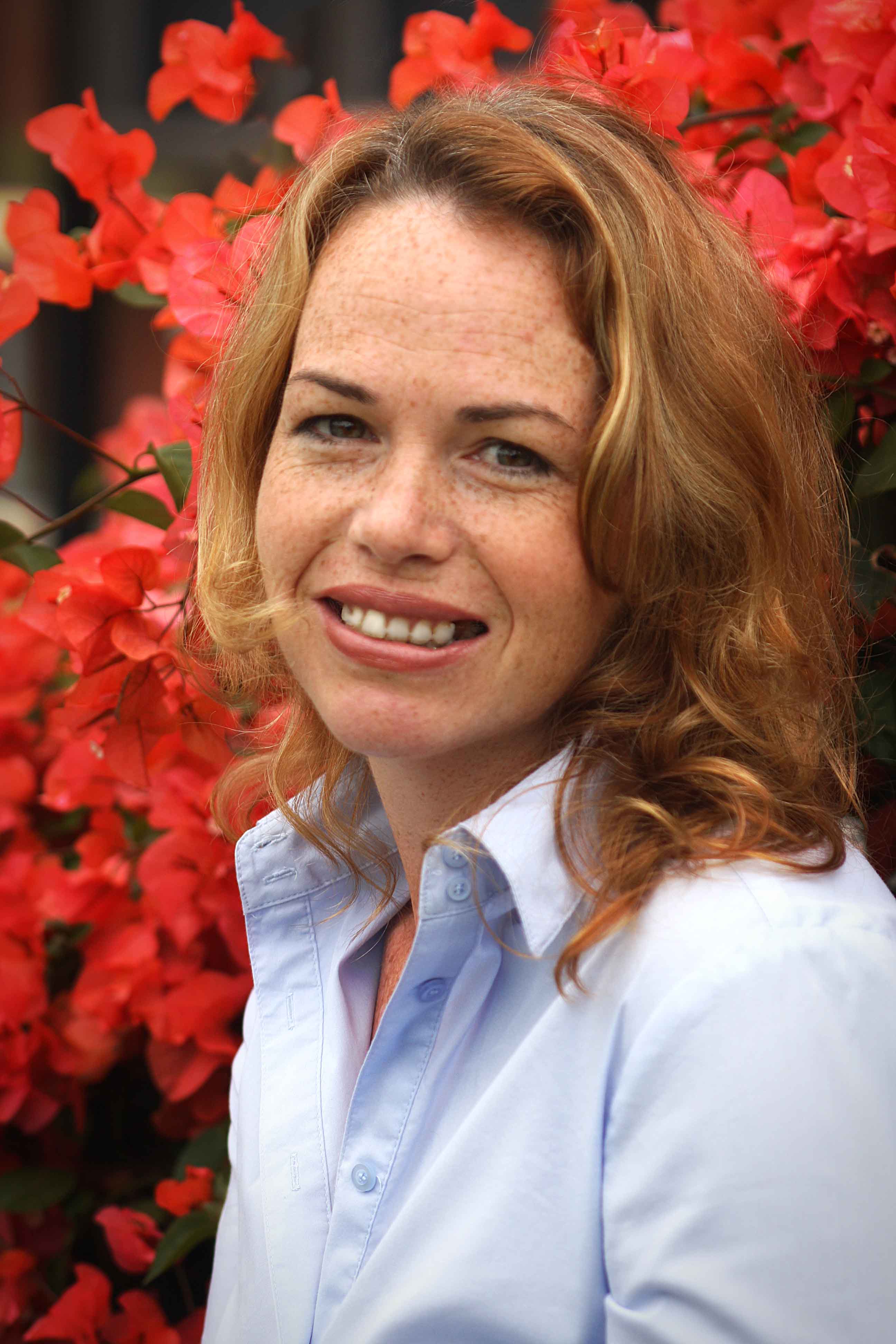publication date: Jun 22, 2012
|
author/source: Lisa MacDonald
Most
people would agree that it's better to try something and fail rather than not
try at all. But, what if your professional and organizational reputation is on
the line? For
Denny Young, senior director
of development at the
Toronto Symphony
Orchestra (TSO), the jury's still out on whether the
TSO Young Leadership Council will provide the hoped-for legacy for
his organization.

The
final story may not be apparent for years. Yet, Denny knows that as a case
study, the multi-year initiative already has many practical applications, not
only for his arts organization but for other nonprofits seeking to engage Gen Y
as donors and volunteer leaders. He shared his experiences with a roomful of
fundraisers at
AFP Greater Toronto
Chapter's
Fundraising Day 2012.
A question of
perception
Young,
a self-deprecating Boomer, uses research highlighted in
The Globe & Mail to address five
misconceptions about Gen Y workers that can make charities fearful about engaging
the millennial generation in charitable activity:
-
They
don't want to be told what to do.
- They
lack organizational loyalty.
-
They
aren't interested in their work.
-
They
are motivated by perks and high pay.
-
They
want more work-life balance.
Research
has shown age to be less of an influencing factor in work force motivation and
commitment. Instead, position in the work force and overall shifts in societal
norms explain some of the inaccurate impressions that currently exist.
As
a teacher at
Humber College and
Ryerson University, Young has a
front-row seat to observe Millennials in their natural habitat. Here's what
he's noticed:
-
They have an active communication style that makes
them easy to interpret. If they want something they will say "I want this." No
interpretation of passive-aggressive behaviour is required.
-
They are easily distracted, but so are we all.
This is the time we live in.
-
Their experience is significant but with gaps.
The challenge is to manage the fact that they don't know what they don't know.
-
They are curious and eager to learn. The fact
that this generation values education and participates in it makes them more
likely to become life-long learners.
-
Gen Ys have a view of philanthropy that is
transactional in nature.
Support from the
top
What
led the Toronto Symphony Orchestra to adopt an initiative that will ultimately lead
it to address operational silos and abandon traditional philanthropy processes?
It
began with the success of the
Soundcheck
Program: a "dark-hair strategy" aimed at changing the TSO's audience
demographic by offering $14 tickets online to anyone 15-35 years of age who
registered in the program. When the board asked itself how that younger
generation fit into the future of the symphony, it realized that it had to
involve them in the conversation.
The
strategy initiating the
TSO Young
Leadership Council was born out of a recognized need to start a dialogue
with Gen Y: to better understand how young people want to interact with the
arts, to provide a "farm club" for the Board of Directors and to gain feedback
on ways to grow Soundcheck.
One step at a
time
Young
shared the steps that the symphony undertook to create the Young Leadership
Council.
-
Define
the value proposition by undertaking a cost/benefit analysis
-
Recruit
co-chairs and begin mentoring at the
first meeting
- Design
objectives. Collaboration begins here, but that doesn't mean it's easy to reach
consensus.
-
Pause,
reflect and write an executable plan. Then report back to internal stakeholders.
At that stage, board and senior management may need to be re-engaged as
initiators of the strategy.
-
Recruit
the council - carry out interviews, communicate expectations and begin
mentoring.
-
Allow
time for the council dynamic to gel (or as Bruce Tuckman would model it, "forming-storming-norming-performing")
-
Define
executive roles: in this case, a hybrid model of the TSO board with an
injection of Gen Y ingenuity.
-
Recruit
council executive through a serious competition involving interviews and
nominations.
-
Create
the Impresarios Club.
The
Impresarios Club not only marked the first initiative of the Young Leadership
Council but launched a whole series of firsts that challenged some of the TSO's
pre-existing norms. It was the first time
ever
that a single package combined a ticket purchase with a donation. Marketing and
development departments needed to re-engineer processes, and re-define
recognition norms and the status quo of receipting and reporting.
Young
says that so far, results of the Impresarios Club reflect a "slow burn" of
success. The current roster of 50 club members is expected to increase to 90 by
the third year. As a testing ground, it continues to offer more development
opportunities.
Demonstrating
vision
One
danger of a case study is that it can condense time and effort into a package
that looks deceptively simple. Yet I doubt anyone in this session left feeling
like it was a low-work effort. He made the point that the strategy took five
years to develop and launch. But the Young Leadership Council proclaims that
the Toronto Symphony Orchestra expects to be around for a long time, and is
prepared to invest effort in that future.
Lisa
MacDonald is assistant
editor of Hilborn's flagship
newsletters, Canadian Fundraising &
Philanthropy and Hilborn eNEWS.
A degree in journalism and communications from Carleton University and more than 12 years of experience as a
nonprofit communications professional inform her passion for and understanding
of issues in this sector. Lisa welcomes your ideas and comments about this
article.
Contact Lisa by email.

